It’s where we plant gardens and build empires. Uncover treasure and bury our dead. Wars are fought over it, and freedom is running through it barefoot. Land is at once a place, an identity, and a resource.
Understanding it is no small task, but in some parts of the world there seems to be a deeper grasp on “the land”—how it anchors us and how we honor it. Hawaii is one such place, offering a rich history so embedded with nature that the rest of us would do well to mimic it, even in very small ways.
Hawaiians exemplify what it means to live off the land and maintain a connection to what fundamentally supports all human life. But they don’t stop there; by blending agriculture with tourism, they invite every aloha-seeking visitor to join them.
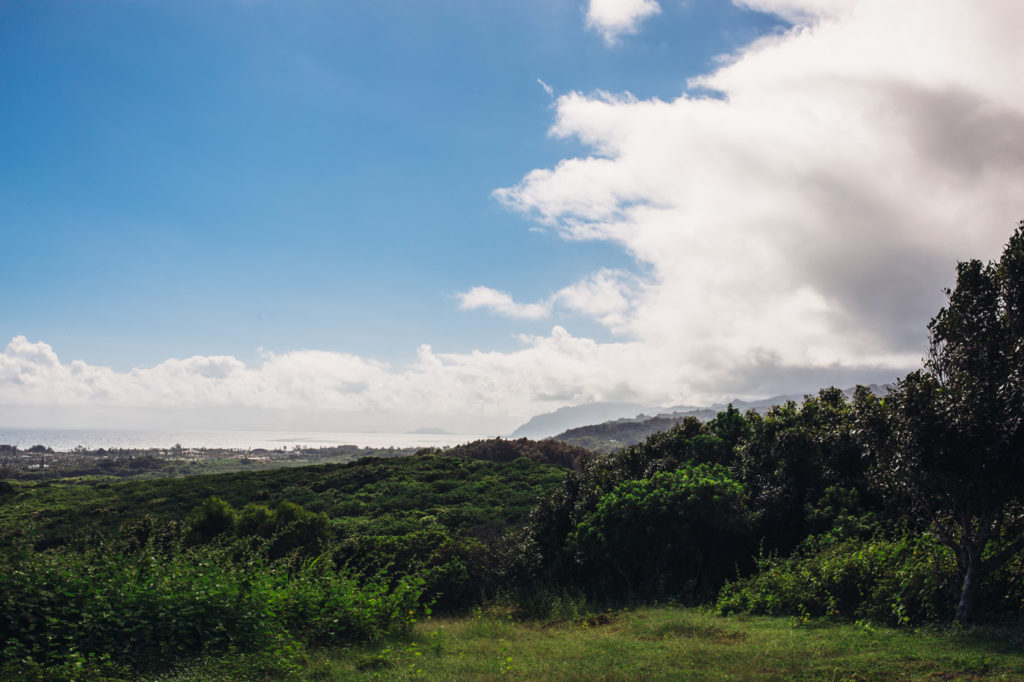
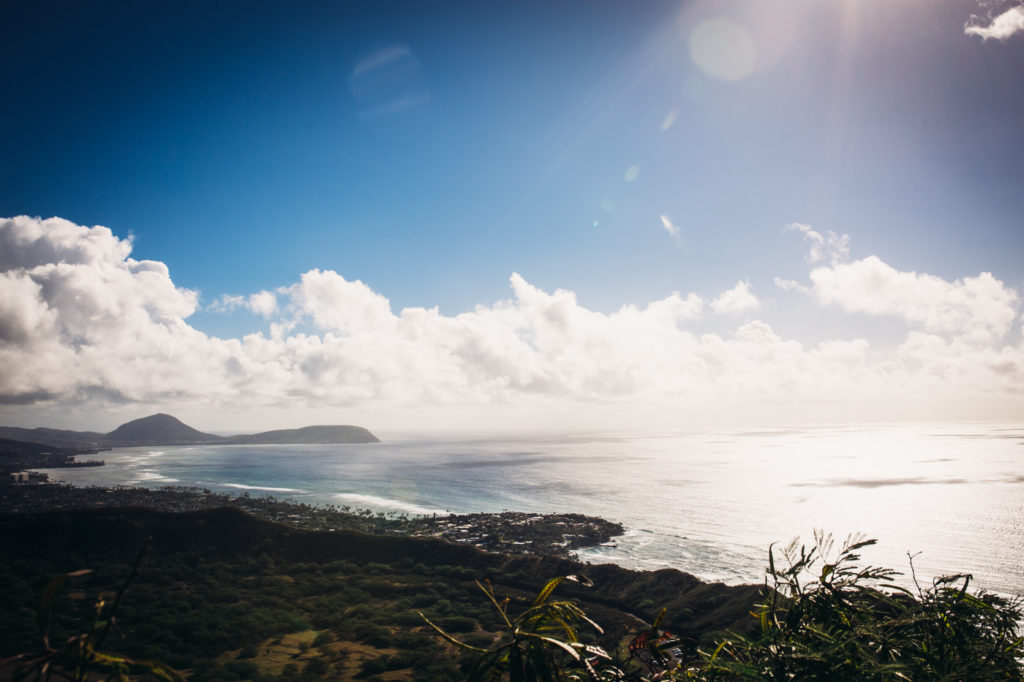
A LIVING HISTORY
Nearly fifty percent of all visitors to Hawaii visit Oahu. The island welcomed a record 5.9 million tourists in 2018, so it’s no surprise the ‘Alohilani Resort, located steps from Oahu’s famed Waikiki Beach in Honolulu, would have a vested interest in educating guests on what makes the property so special.
“The ‘Alohilani sits on the site of Queen Lili’oukalani’s summer cottage,” explains Minh-Huyen Nguyen, Area Marketing Manager for Highgate. “We have to make sure that what we are doing is pono, as we say [in Hawaiian], which means ‘the right and honorable thing to do.’”
Queen Lili’oukalani was the last monarch and only woman to rule the Kingdom of Hawaii. Everything at the ‘Alohilani, which means “heavenly brightness” or “royal light,” was renovated with her love for the land in mind. A soaring lobby greets visitors with floor-to-ceiling windows, a 280 thousand-gallon oceanarium, and eighteen-foot columns hand-wrapped in basket-woven teak. A modern, custom coral art piece immortalizes the sea above the reception desk.
But it’s not just the interior that evokes a reign of nature. As part of the resort’s focus on sustainability, guests have the opportunity to plant trees at Gunstock Ranch, a former sugarcane plantation turned working ranch (the name Gunstock honors one of the ranch’s horses). And it has dedicated five hundred of its nine hundred acres to reforestation on Oahu’s North Shore.
Only two indigenous trees had remained on the land when Gunstock first began to reforest it. “Whatever is here is not native,” says Gunstock Ranch CEO Kyndra Smith. “[When this was an operational sugarcane plantation], the U.S. Forestry would send over whatever was good on the mainland to Hawaii, not knowing how it would destroy the local ecosystem.”
Thanks to its partnership with the Hawaii Reforestation Initiative and hotels like the ‘Alohilani, which has committed to planting one hundred thousand trees with the help of its guests, Gunstock is working to restore that ecosystem with milo trees, a native Hawaiian hardwood that was frequently used for royal ceremonies and to eat from, since the wood provides no aftertaste. Milo trees were also prized by King Kamehameha; they grew abundantly around his home in Honolulu.
“Hawaiians believe that everything has a spirit. The animals, the grass, the trees, all of us,” continues Smith. “We want visitors to be able to give part of their [spirit] to these trees. There are about eight hundred that have been planted. All of those trees have a story because someone came out and planted it there.”
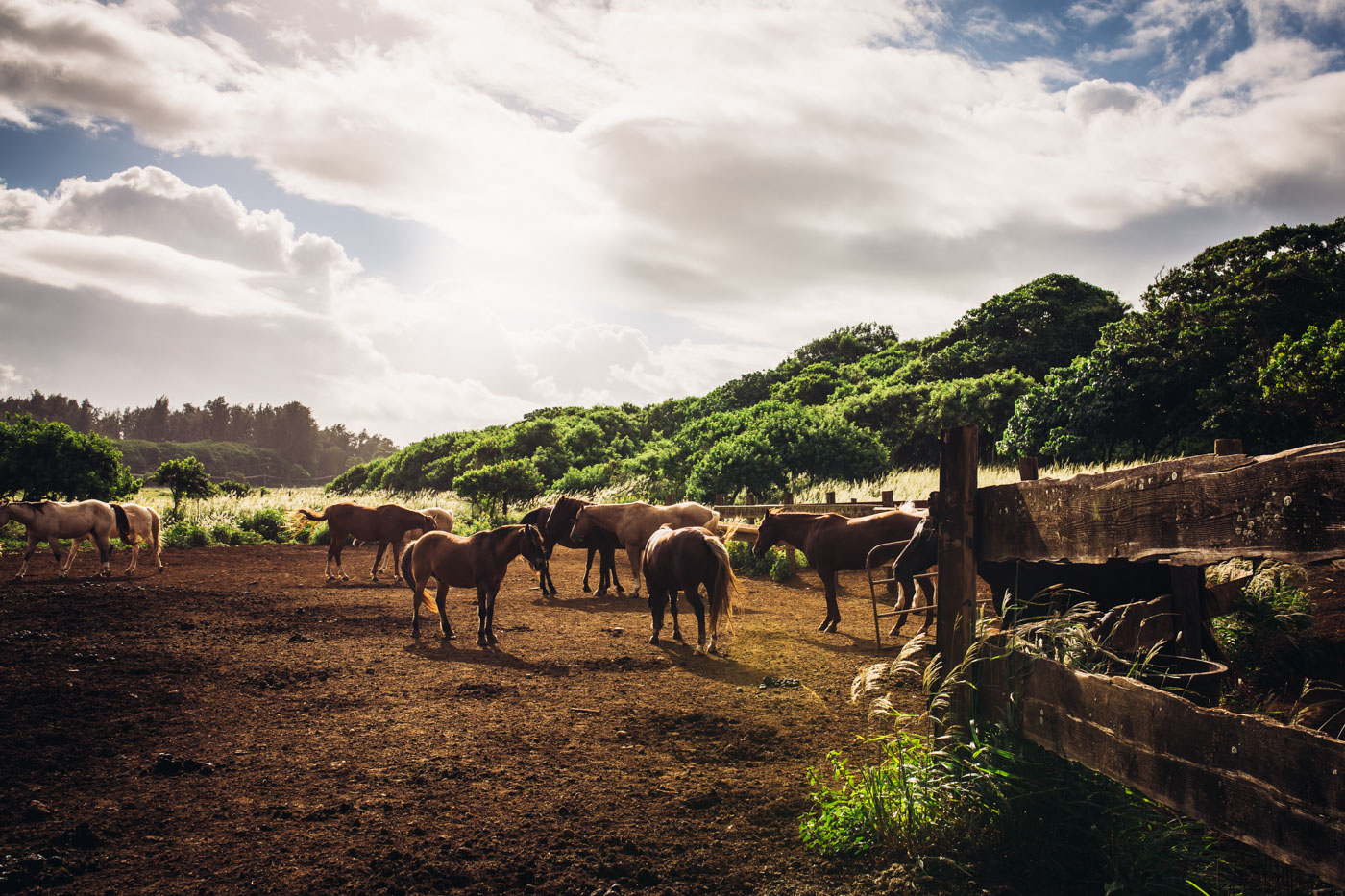
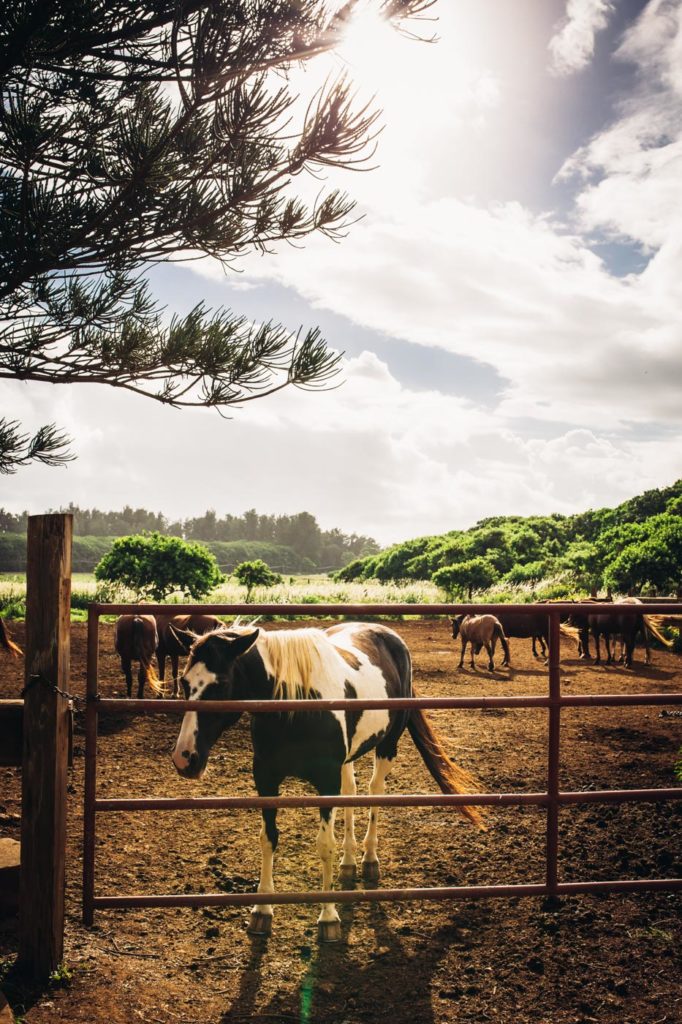

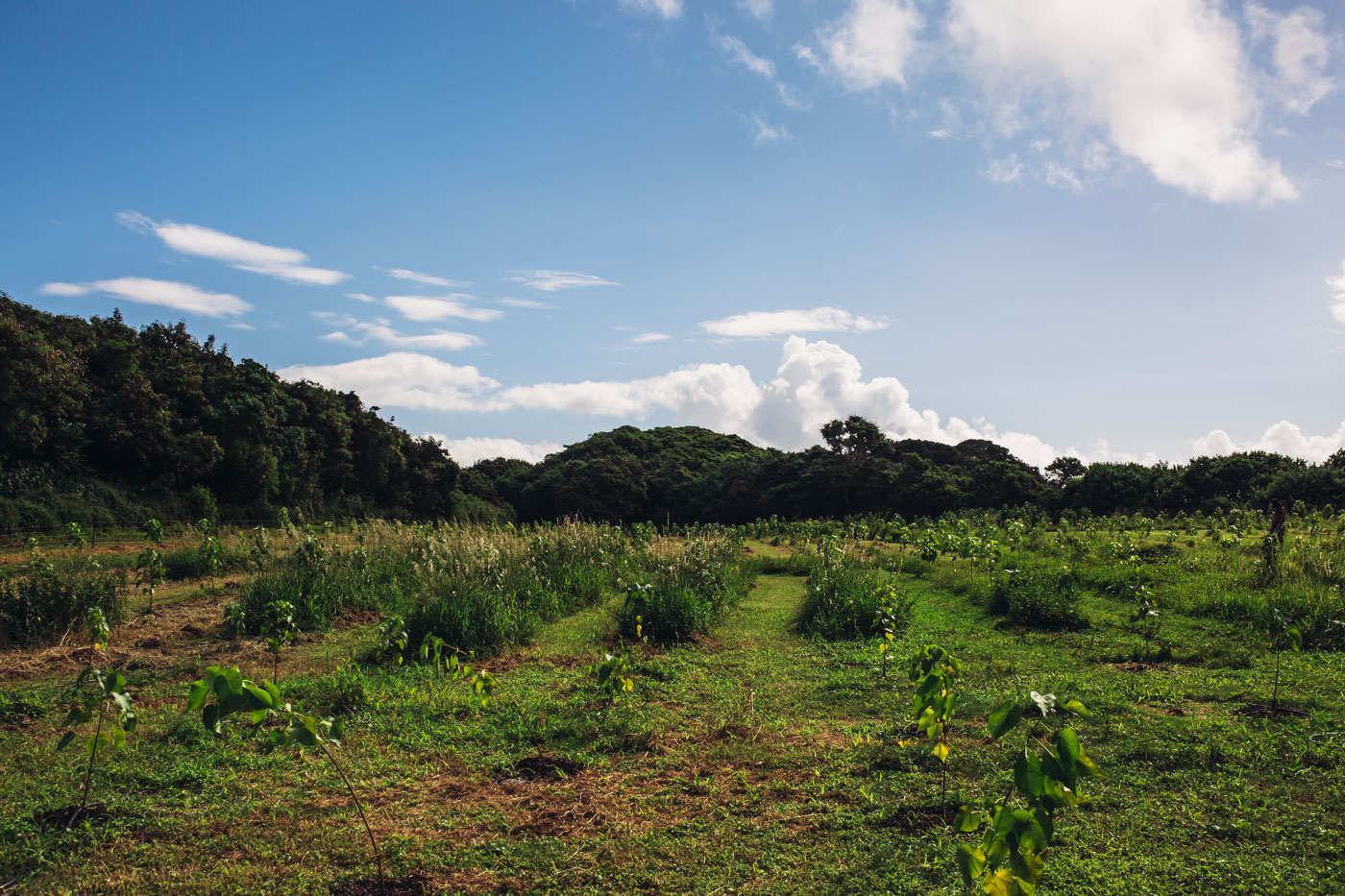
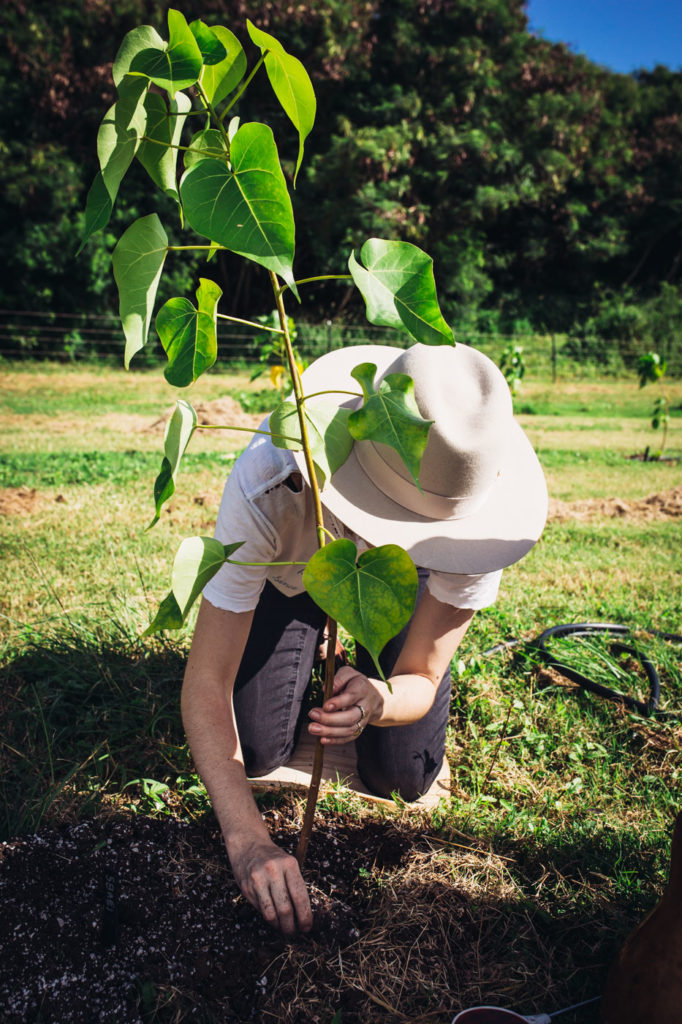
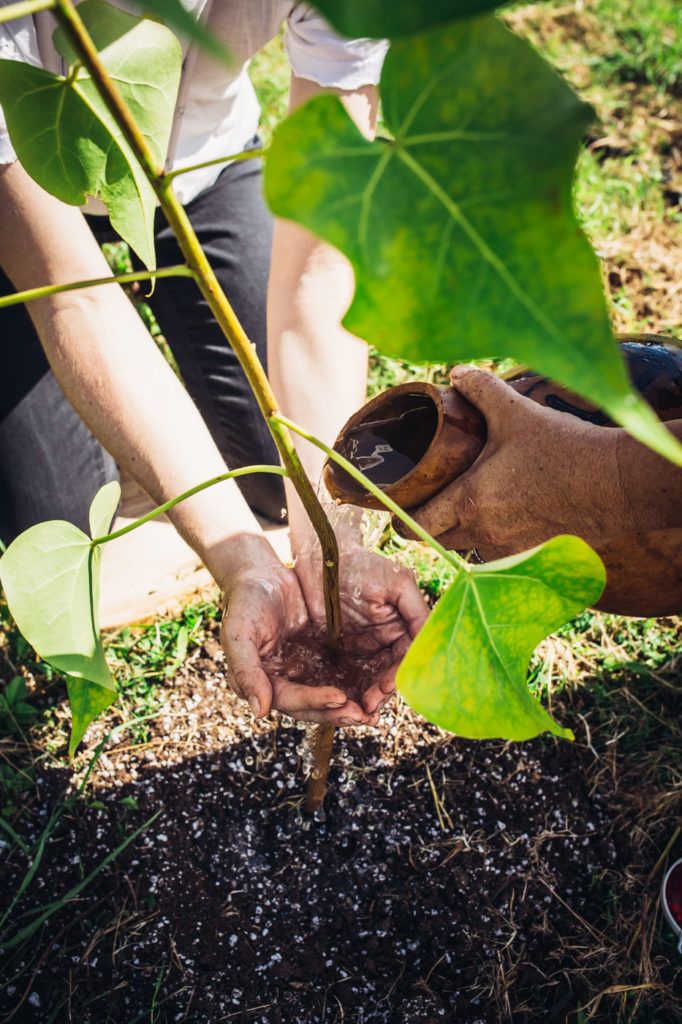
The experience of planting a tree at Gunstock is both beautiful and simple: first digging a hole for the young plant, then tucking it into the warm earth with bare hands. As the plant is watered, the visitor folds their palms around its stem while saying a word of honor. A personalized certificate and identification tag enable the tree’s growth to be tracked over time.
“Our goal has been to make sure these trees become more valuable in the ground than they would be [by] being cut down,” Smith explains. She adds that after milo trees are planted, next will be sandalwood, followed by fruits and flowers that are native to Hawaii.
“We want to encourage tourism that’s not just about consuming,” reiterates Nguyen. “You could come back twenty years from now and see the tree you had planted in honor of an anniversary or your grandparents. It creates a legacy to the land and to the visit.”
THE FUTURE OF FARMING
Thirty minutes south of Gunstock Ranch and forty-five minutes north of ‘Alohilani Resort is Kualoa Ranch Private Nature Reserve, also notable as the filming location of Jurassic Park. Draped in ripples of green, the four thousand-acre property is framed by the Kaneohe Bay to its east and a mountain-like ridge to its west. Appropriately, it resembles the spine of a sleeping stegosaurus.
For the first time, Kualoa Ranch is offering a farm-to-table tour for visitors, most of whom come to channel Lost, ride ATVs, or trek horses through the picturesque “Hawaii Backlot.” But in talking with the direct descendants of the property’s original owner Dr. Gerrit P. Judd, Kualoa’s newest endeavor is more a move back to basics than a gimmick to drive revenue.
“Dr. Judd was such an instrumental person arriving in 1828, practicing medicine, then becoming a confidant of the king and being a minister,” says John Morgan, the great-great-great-grandson of Dr. Judd and President of Kualoa Ranch. “He really cared deeply for the Hawaiian people, and he cared enough about the land that he bought some of the king’s personal land [which today is Kualoa Ranch]. There’s a certain privilege and honor to be part of that lineage, but there’s also the responsibility that goes with it.”
While agriculture is thought to have always existed on the property—a painting from 1864 depicts cows in a view of the ranch—it’s been John and his brother, David, who’ve taken the extra effort to expand and share that agricultural side with the public. The farm-to-table tour reveals Kualoa through a culinary lens, immersing guests via vintage trolley bus in the active raising of cattle, sheep, pigs, oyster and shrimp in addition to the exotic vegetables and fruit, such as breadfruit and cacao, that flourish there. The three-hour tour ends with a six-course meal enjoying dishes like papaya quinoa salad, half-shell Pacific oysters with smoked Hawaiian chili pepper, or garlic shrimp atop ‘uala mashed potato, all while taking in the view of lush taro patches that lead out to the bay.

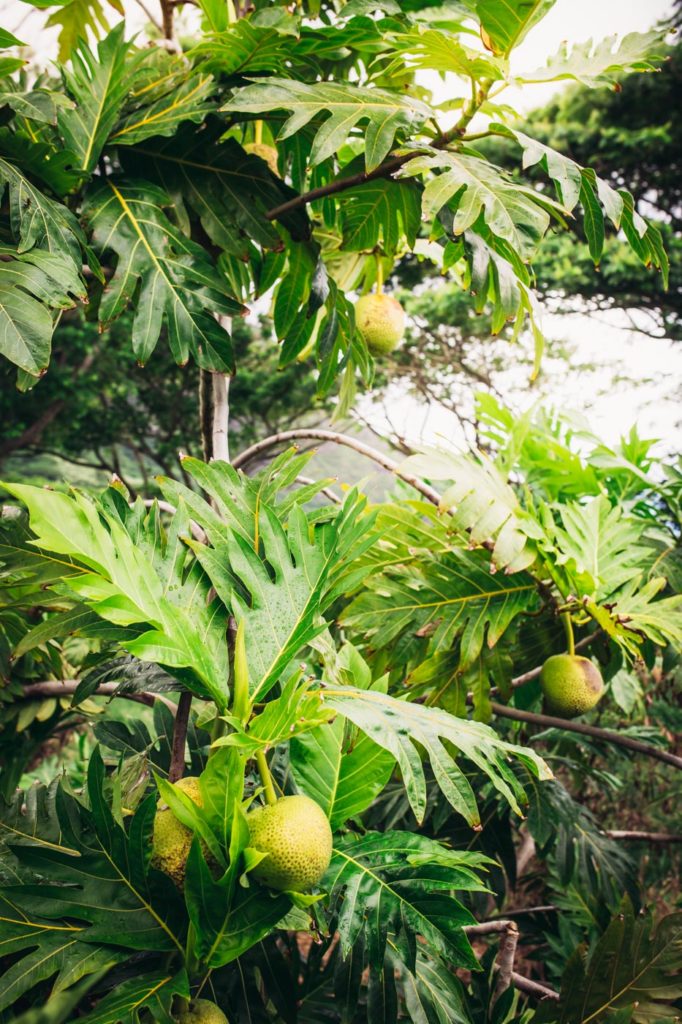
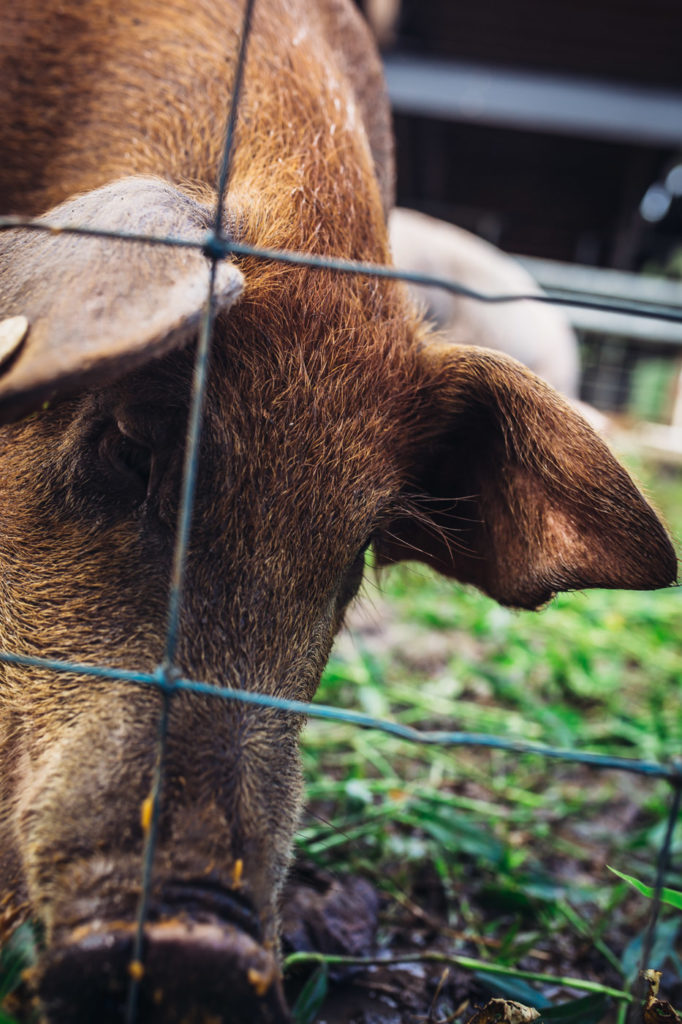
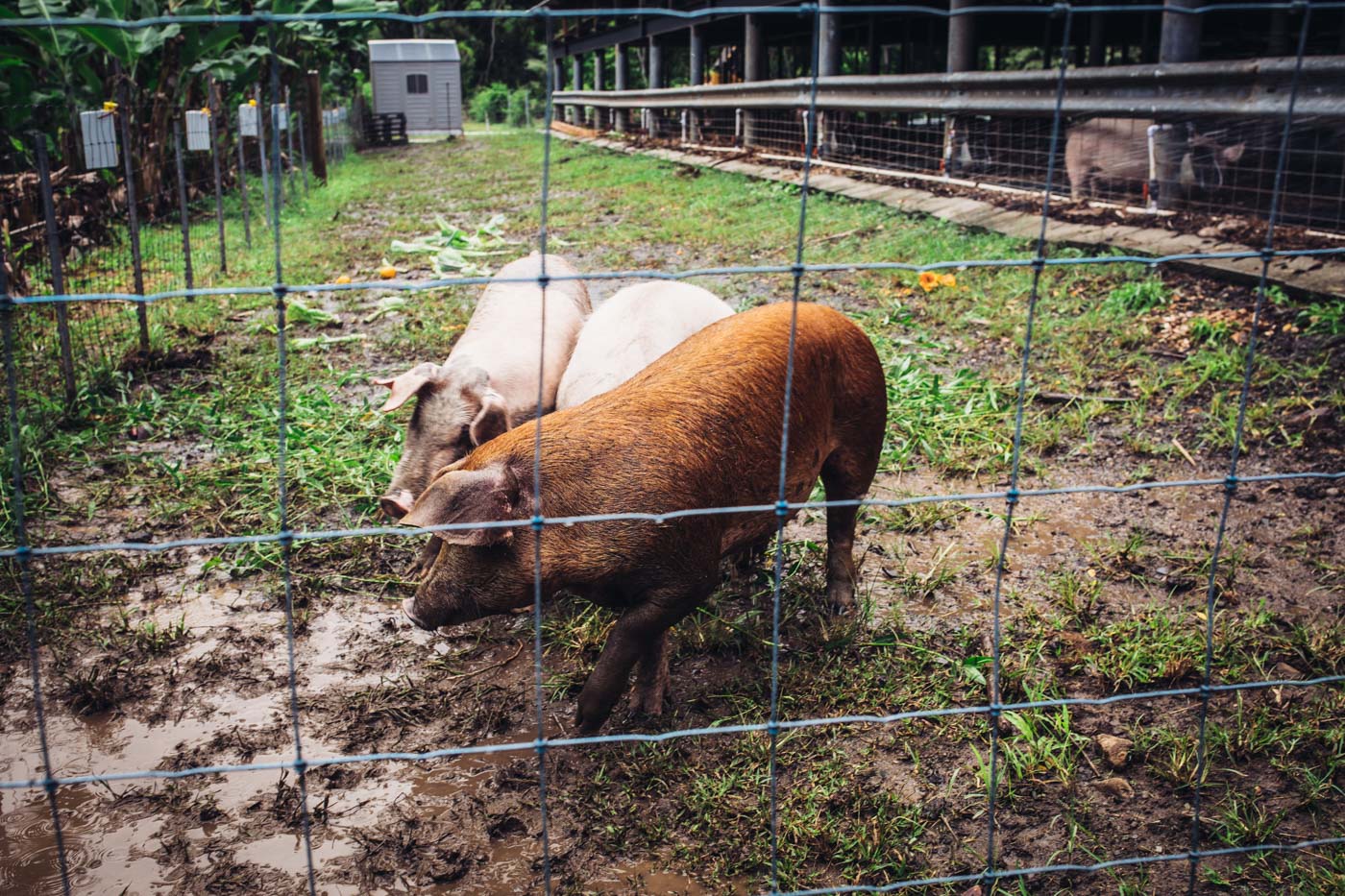
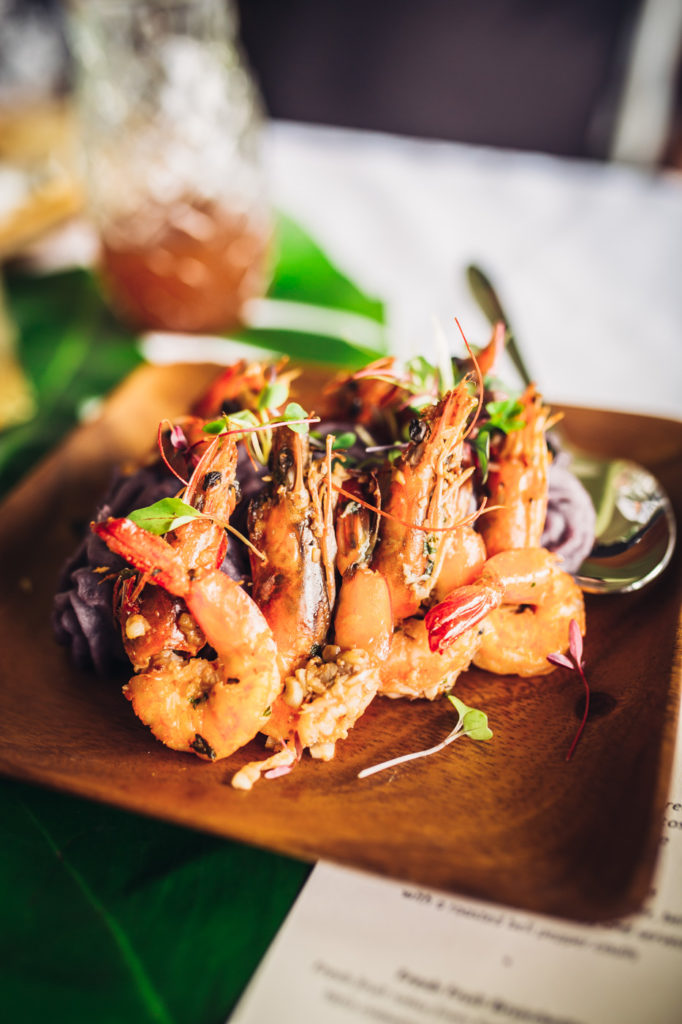

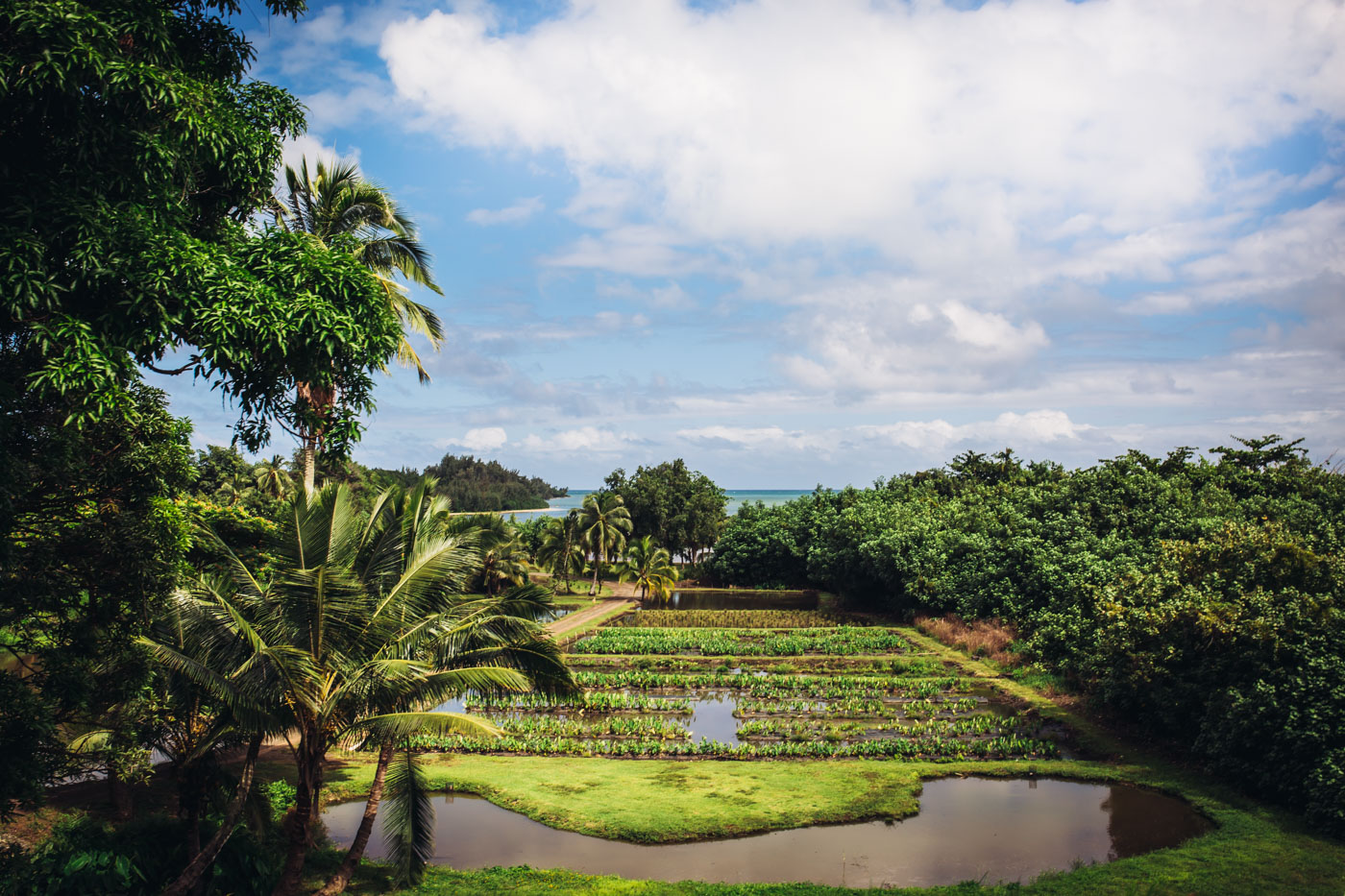
“It’s part of the Hawaiian DNA,” John explains. “The land is the chief and man is the servant. It’s a stewardship ethic. We know that it’s what we have to do, and we’ve built the business around it. It’s not just about money, but about an authentic experience. We’re real farmers doing real stuff.”
David Morgan, John’s brother and Kualoa Ranch Operations Manager, agrees, but with an added emphasis on the future of farming and the complexities of an industry fewer and fewer seem to understand. “We get incredible numbers of visitors here every day,” says David. “What I’m becoming aware of is a huge percentage of the population doesn’t really know what it takes to produce their food.” He goes on, commenting on the dwindling percentage of people entering the agriculture industry at all, “Now, the average age of an American farmer is over sixty. The next generation is not interested in getting involved.”
While the point of the tour isn’t to make everyone into a farmer, driving through the ranch’s Ka’a’awa Valley does heighten appreciation for (and interest in) those who commit themselves to the balance of the land. It takes detailed layers of attention, for example, to know the growing times of certain grasses and when to move which herds of cattle.
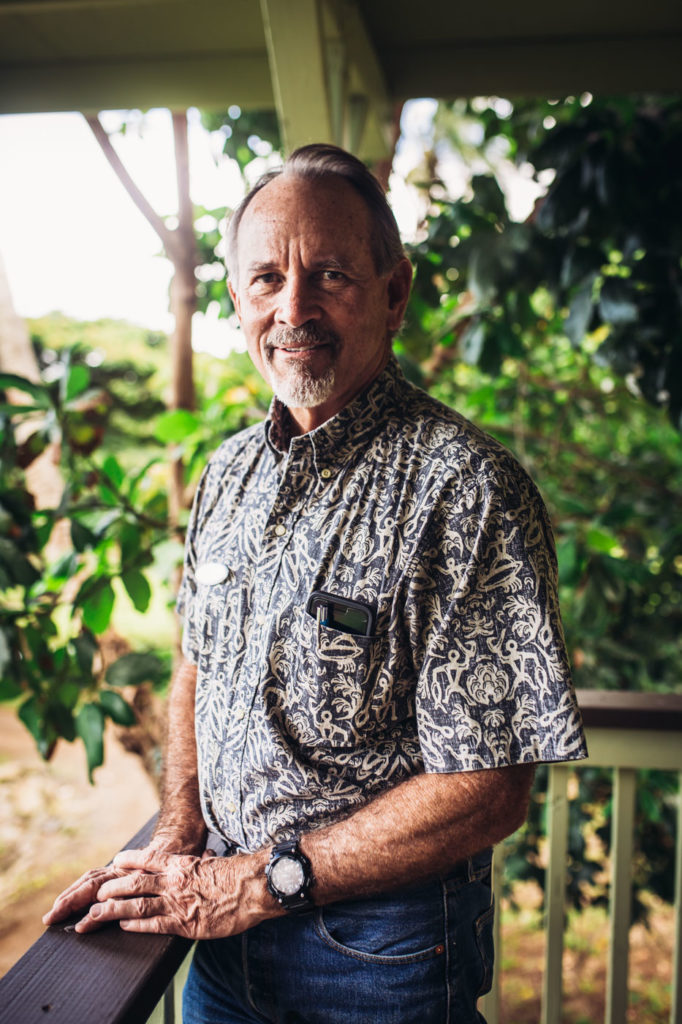
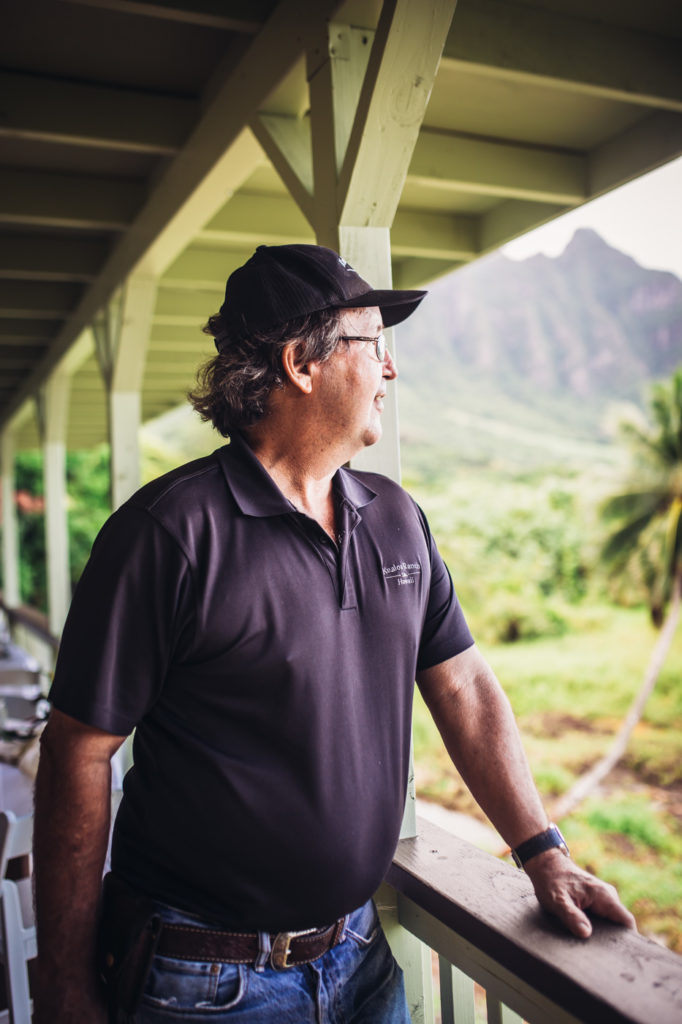
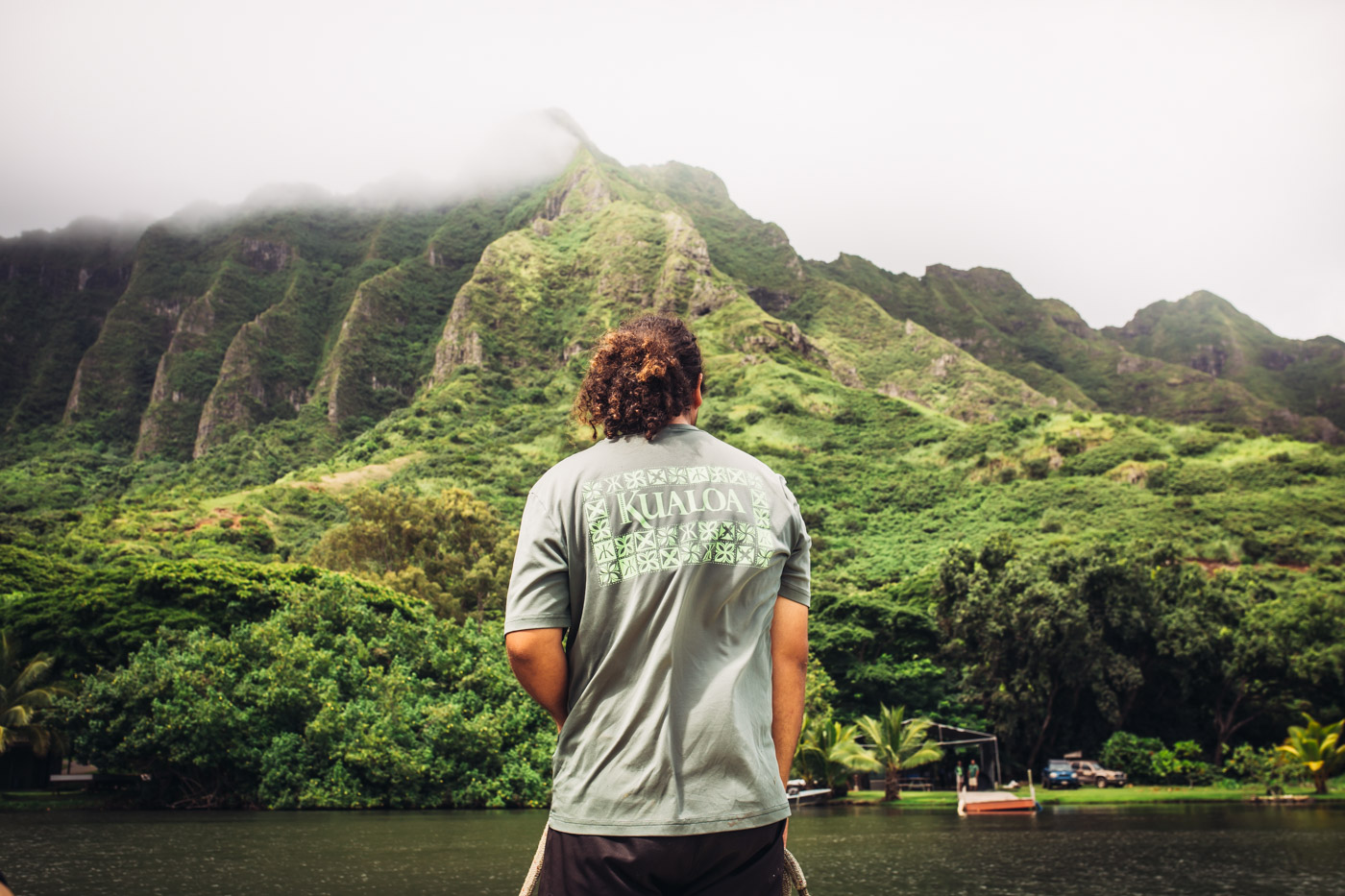
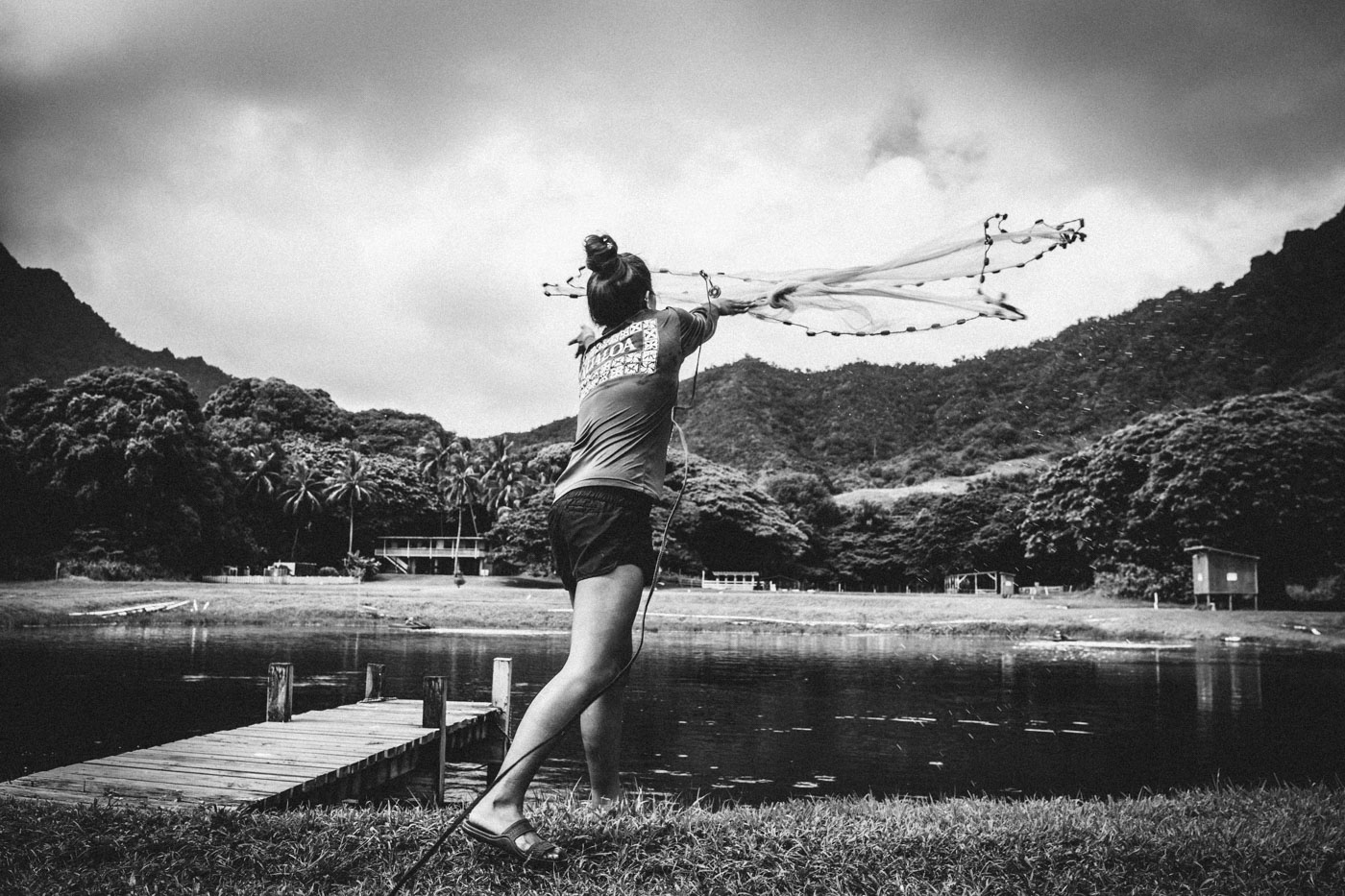
“If you look out at the living world, everything that’s living in any particular environment is in a battle for its existence,” David comments. “It’s all a battle for resources. The true art of agriculture is to take a limited space and environment and control that battle in such a way that the species you want to thrive, thrives.”
Maybe that’s the best way to truly understand our relationship with the land. The planet is approximately seventy percent water, which leaves only thirty percent as terrain. Of that thirty percent, nearly half is uninhabitable for humans, being either desert, high mountain, or otherwise unsuitable. Of that remaining fifteen percent, should we be shrewd conquerors or humble controllers?
“Our mission statement is to enrich people’s lives by preserving the land and celebrating its history,” John says. “We don’t want them just to be in awe of what we have. We want them to go home and say, ‘Wow, this is my kuleana—responsibility. This is my area that I can affect. Whether it’s [here or on] Main Street, Minneapolis, make a difference.”
This story was made possible with the support and collaboration of Hawaiian Airlines and ‘Alohilani Resort.







Our comments section is for members only.
Join today to gain exclusive access.